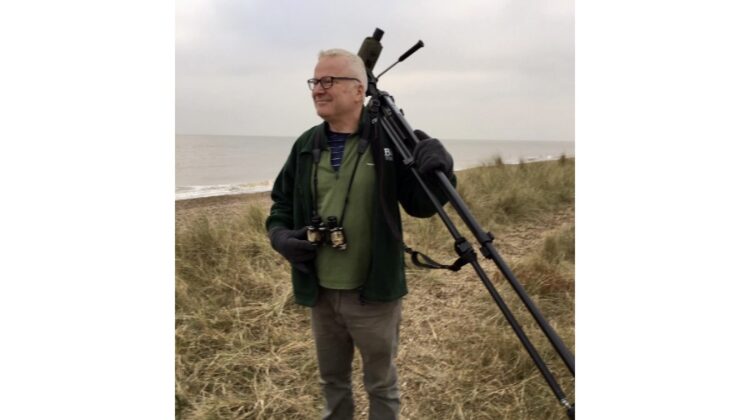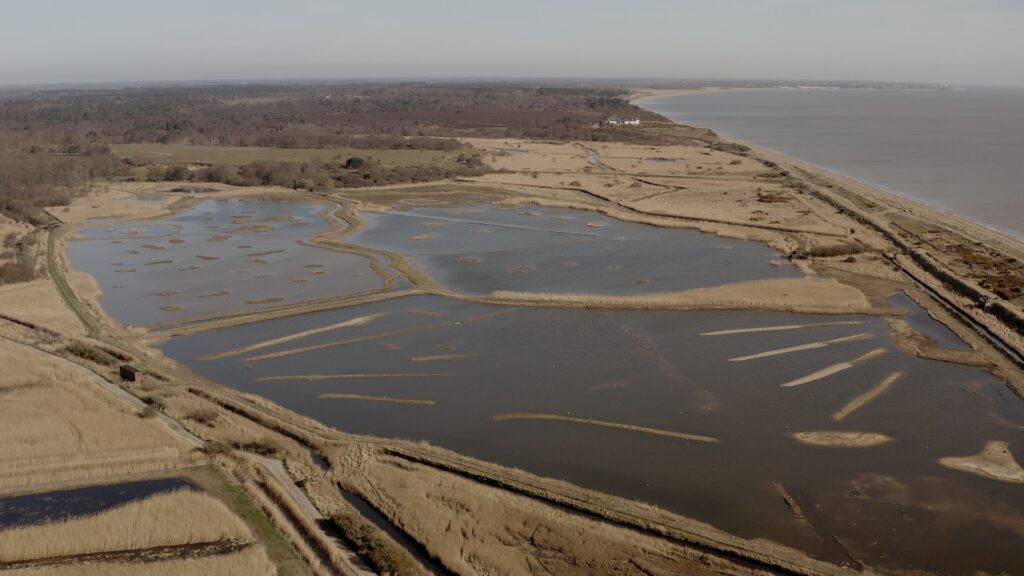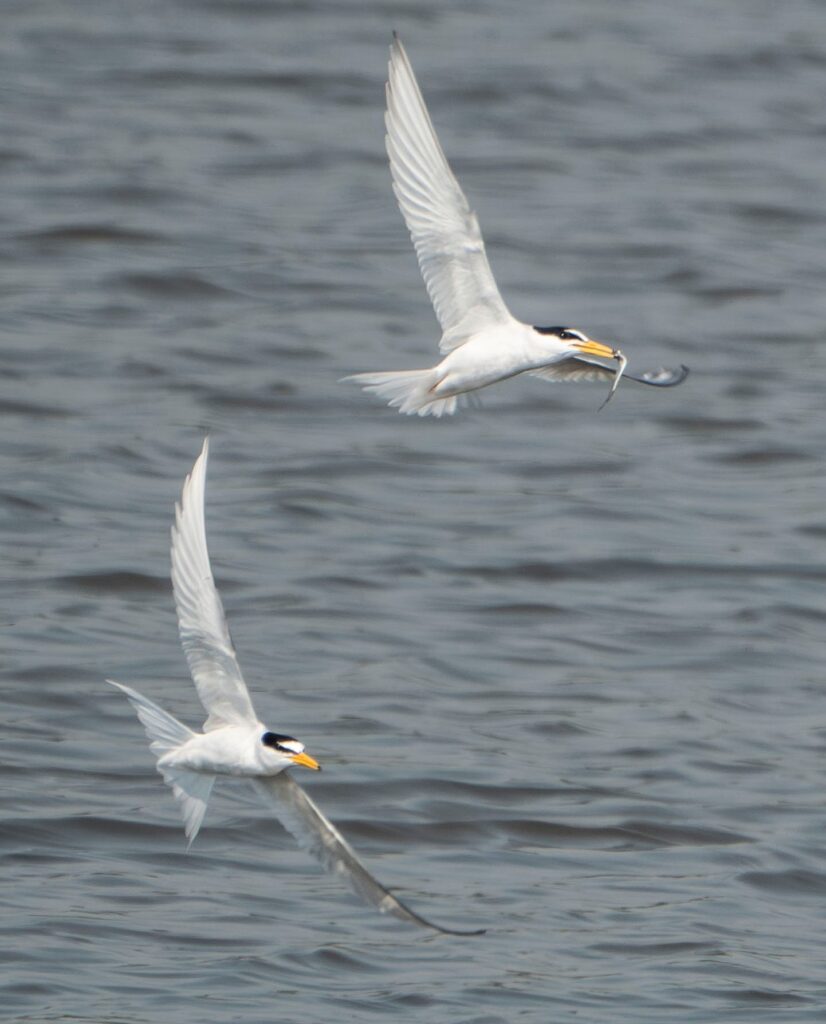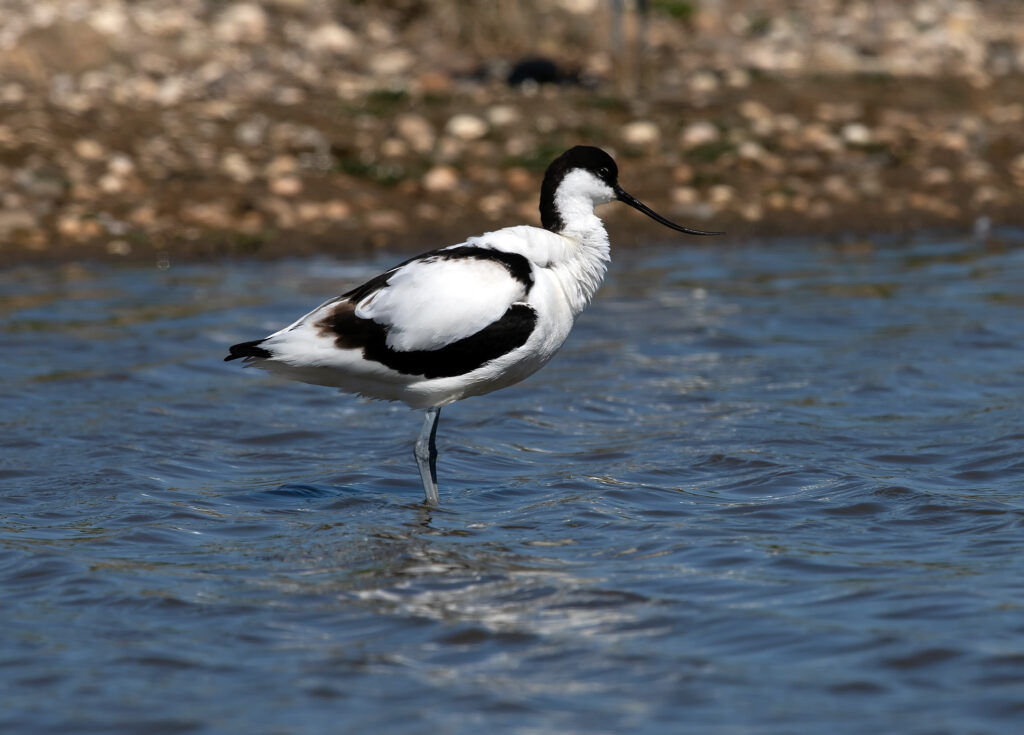
A three year project to create and restore breeding, roosting and feeding islands for birds has proven a success at RSPB Minsmere nature reserve, near Saxmundham in Suffolk. Senior Site Manager, Nick Forster explains how it has been a labour of love
Bird populations have been given a boost, thanks to the creation of bird-friendly islands at RSPB Minsmere nature reserve, near Saxmundham in Suffolk. As a result of this work, for the first time since 2019 eight pairs of Little Terns took up residency on the islands this summer – an encouraging sign that this species will return in the future to breed successfully.

Little Terns and other species breed and feed on RSPB Minsmere’s ‘Scrape’, which consists of a number of shallow lagoons, both saltwater and freshwater, with a series of islands dotted throughout. This lagoon habitat supports a wide variety of invertebrates such as shrimp, fly larvae and aquatic worms, providing important feeding areas for breeding wading birds and seabirds with their chicks.
Originally created in the 1960s with Avocet in mind – the bird featured on the RSPB logo, the idea was to landscape part of the nature reserve to encourage Avocet to breed on site, as at that time the species was critically endangered.
However, after decades of heavy use by many species, the Scrape’s lagoons and islands needed significant rejuvenation to maximise their benefit to coastal birds.
A decision was made to improve and extend the existing wetland habitat as part of the LIFE on the Edge programme, improving coastal nature sites in England. Work on the Minsmere Scrape Enhancement Project started in the winter of 2021.

A key ambition of the project was to entice the charismatic Little Tern to regularly breed at Minsmere again, as there had been sporadic breeding success for this species in recent years.
Shingle beach at the edge of the nature reserve once supported a breeding colony of Little Terns, but due to erosion, it has been almost two decades since they last bred there. Then in 2019, after adults nested on the Scrape, seven Little Tern chicks successfully fledged at RSPB Minsmere, but since then, nothing.
However, in spring of 2023, eight pairs of Little Tern did return to take up residency on the newly revamped Scrape islands, hatching several chicks. Sadly, they did not survive due to predation, but this breeding attempt confirms that Little Terns consider this a suitable nesting site and is an encouraging sign for the future.
Wez Smith, Senior Project Manager for LIFE on the Edge says: ‘After years of planning and delivering this vital part of our LIFE on the Edge project, it’s great to see the iconic Minsmere Scrape rejuvenated for new generations of birds and people to enjoy. The enhancements at Minsmere will secure this thriving coastal wetland for the seabirds, waders and a host of wildlife for the future, all visible for people to see, hear and be inspired by. There is still lots to do though, and LIFE on the Edge is a partnership project focused on restoring important coastal sites across England for breeding, migrating, and wintering shorebirds.’
RSPB Minsmere sits in the middle of England’s East Coast Wetlands, stretching from the Humber in the north to the Thames in the south. This connected wetland habitat along the east coast forms a key part of the East Atlantic Flyway, one of eight superhighways used globally by migratory birds. These wetlands are so important for resident and migrating wetland birds, they were recently shortlisted by the UK government for UNESCO World Heritage Site status.
A bounty of birds have been spotted on the Scrape and its islands since the start of the project, including Avocet, Sandwich Tern, Common Tern, Spoonbill, Black-tailed Godwit, Common Sandpiper, Ruff, Oystercatcher, Mediterranean Gulls, Ringed Plover and Lapwing to name just a few.

In 2023, the Scrape hosted 107 pairs of Avocet which successfully fledged 17 chicks, another good sign that these works are making a difference for these shorebirds. Some of these species stay on the reserve all year, and some use the site to rest and feed up before continuing on their annual summer or winter migration.
This project was able to happen thanks to funding from the EU Life+ project and National Grid Landscape Enhancement Initiative.

Nick Forster, Senior Site Manager at RSPB Minsmere says: ‘The large-scale work on the Scrape has been a true labour of love, but the results of the work have made it worth it – from seeing Little Tern return to the site to the reaction of our visitors when viewing the nature spectacle of the Scrape. The fact that we can now control water levels in the face of climate change challenges is a massive bonus, helping to protect this vital wildlife site in the future. Many thanks go to the project’s funders for helping to make this happen. It has been amazing to see the Scrape lagoons and islands take shape and flourish over the course of the project.’
To find out more, visit RSPB Minsmere.
Main image of Nick Forster – picture credit: Nick Forster









Leave a Reply